|
While pandemic fatigue set in long ago – and may have resulted in some lax health and safety behaviors on your staff by this point – the next few months will require extra vigilance. At the time of this writing, the more-contagious U.K. variant of the coronavirus had begun to spread to other countries including the U.S. The longer the coronavirus is around and causing more infections, the more opportunities there will be for new mutations of the virus to occur. Dr. Stuart Ray, an expert in the virus that causes COVID-19 and vice chair of medicine for data integrity and analytics at Johns Hopkins Medicine, said human behaviors are especially important to containing the virus as new strains emerge. “We need to re-emphasize basic public health measures, including masking, physical distancing, good ventilation indoors, and limiting gatherings of people in close proximity with poor ventilation,” he said. “We give the virus an advantage to evolve when we congregate in more confined spaces.” Beyond those measures, reemphasize the importance of no-contact food deliveries and pickups. Further, as the vaccine becomes more widely available to essential workers including foodservice staff, have an ongoing dialogue with your team about vaccination – and the science backing its safety. While you may not want to mandate vaccination, you can encourage staff to get the vaccine by offering to cover associated costs, as Chipotle’s Brian Niccol announced the brand will be doing.
Cooler temperatures help viruses survive and spread. Make sure your kitchen doesn’t harbor contaminants that could cause foodborne illness this winter. While cleaning and sanitizing your countertops and door handles may be second nature in your kitchen as part of your COVID-19 safety practices, don’t neglect regular cleaning of the area in and around your sinks. It’s easy for food particles and bacteria to lurk on sink handles and nearby rags, or to be splashed up onto sink rims and surrounding surfaces.
The loosening of regulations around the sale of to-go alcohol may be among the pandemic-era changes that will last long after COVID-19 is behind us. The trend started well before the pandemic: According to results of the National Restaurant Association’s 2019 Restaurant Delivery Survey, 59 percent of adults said they would order alcoholic drinks with their food delivery order from a restaurant if it were allowed. Now, these higher-margin sales could be an important lifeline for restaurants in addition to a way to meet consumer demand. Just make sure you’re staying up to date on changes to your state’s laws and the liability and reputational risk your business faces from these sales. The National Restaurant Association’s ServSafe team developed a State Alcohol Delivery Laws/Orders/Regulations tracker to help restaurants keep track of state-by-state changes that operators need to be aware of. https://bit.ly/2MoW0en
Contactless ordering and payment have been on the rise since the beginning of the pandemic – and to be sure, they are safeguards guests appreciate. But there are many other touchpoints in your facility that concern consumers right now. Trace the path of a typical guest in your restaurant – are there touchpoints you can remove or other safeguards you can apply to make them more sanitary? Do guests have to touch parts of your trash bins – both those in restrooms and others placed in or around your dining rooms – to discard waste? Do they have to hand over a table marker to claim their order? When they visit a restroom, do they have to use an air dryer that can spread contaminants through the space? If possible, place contactless paper towel dispensers in restrooms and near bins or compactors. Help limit the need to touch dispensers and door handles throughout your facility – or make it possible for people to sanitize their hands afterwards.
As helpful as cleaning and sanitizing surfaces in your restaurant can be, protecting your guests from COVID-19 is largely about safeguarding the air they breathe – by maintaining physical distance between your staff and guests and between guests themselves, and taking steps to purify the air flowing through your facility. In December, the National Restaurant Association updated its pandemic operating guidance to include recommendations for HVAC maintenance, the use of portable air purifiers, and the best way to protect the safety of staff changing air filters, among other recommendations. Review the new guidance here (https://bit.ly/38CbrqU).
As operators weather what is likely going to be a difficult winter, many of those fortunate enough to have outdoor spaces have taken steps to outfit them with heated pods, screens and other partitions aimed at containing the spread of the virus while also allowing the safe (and more comfortable) serving of guests as the temperature drops. But according to medical experts, these spaces can be as risky as indoor settings if operators don’t take sufficient precautions. To minimize the spread of infection in the next couple of months, be sure to air out individual dining pods between guests, or in case you have a partially enclosed space for dining outdoors, ensure that air is able to circulate throughout it. Outdoor space heaters and fireplaces can help beat the chill without posing additional safety risks, and you can also encourage guests to bring their own blankets to keep warm during their meal.
As we have come to rely on takeout restaurant food over dine-in meals in recent months, the safety of food packaging has been put under a magnifying glass. Beyond the packaging’s ability to keep food at the proper temperature and protect it from tampering, it must also be made from materials that don’t have an adverse impact on the safety of the food it carries. Recently, several states including Washington, Maine and New York have introduced bans on packaging containing PFAS chemicals, which are commonly found in food packaging and are potentially carcinogenic. As packaging improves to help operators manage increases in off-premise dining, consider the safety of its ingredients – along with its ability to keep a meal warm and secure en route to a customer.
As we wait for the COVID-19 vaccine to be distributed to more people across the country, we must still manage what could be an especially challenging winter for restaurants. Ongoing cases of COVID-19, on top of normal seasonal concerns like the flu, will make restaurant health and safety practices take on extra importance right now. Make your commitment to safety clear on everything from your front door to your website. Persist with mask wearing indoors and when delivering food (whether through in-house staff or a vendor), enforce social distancing in your dining areas and kitchen, and regularly ensure your facility is well ventilated, air is purified and high-touch surfaces are cleaned. It will help you earn trust from customers, and at a minimum, could help you minimize winter-illness absences on your team.
Increasingly, consumers care about the precautions businesses are taking to protect the safety of their food en route to the businesses selling it to them. The software and engineering firm Emerson recently surveyed 1,000 U.S. consumers about food safety practices – and what they expect to see from suppliers. More than 50 percent of respondents said they would be less likely to shop at stores that aren’t using (or requiring suppliers to use) the latest technology to keep food safe. Half of respondents said they are now more concerned about the safety of their food than they were before the pandemic. Nearly 60 percent said the pandemic has made them want to support local businesses. When you promote food safety to guests, look beyond your operation. Trace the path of your menu items and try to shorten that path where possible. Share the tech products and practices that help keep their food fresh and safe between its source and their dinner table.
|
subscribe to our newsletterArchives
April 2024
Categories
All
|
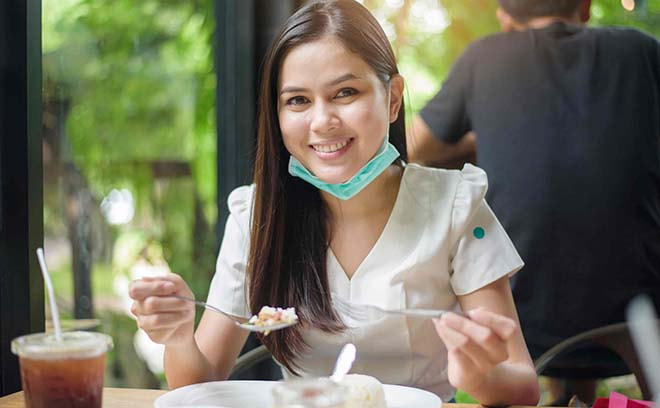
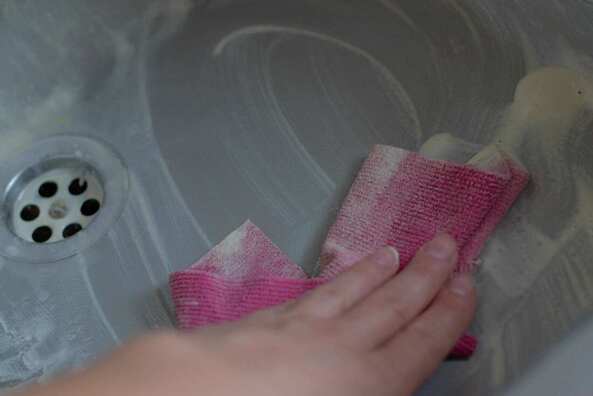
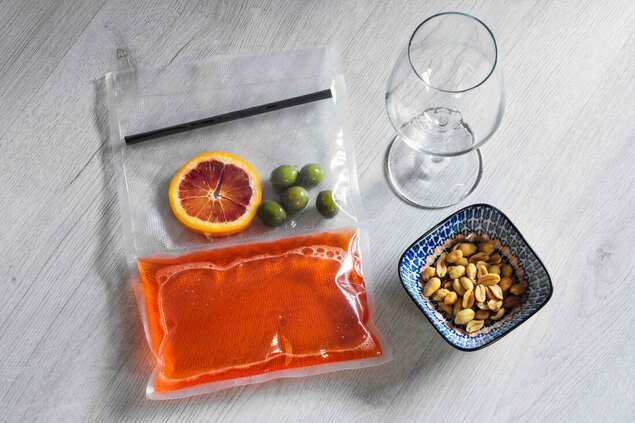
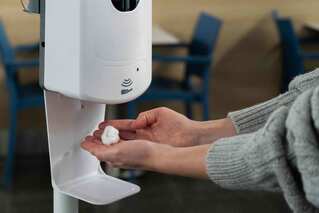
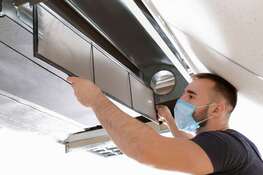
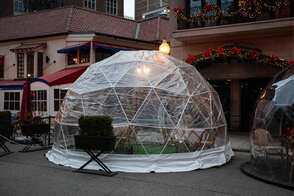
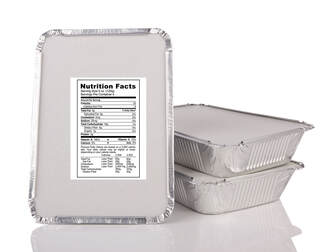




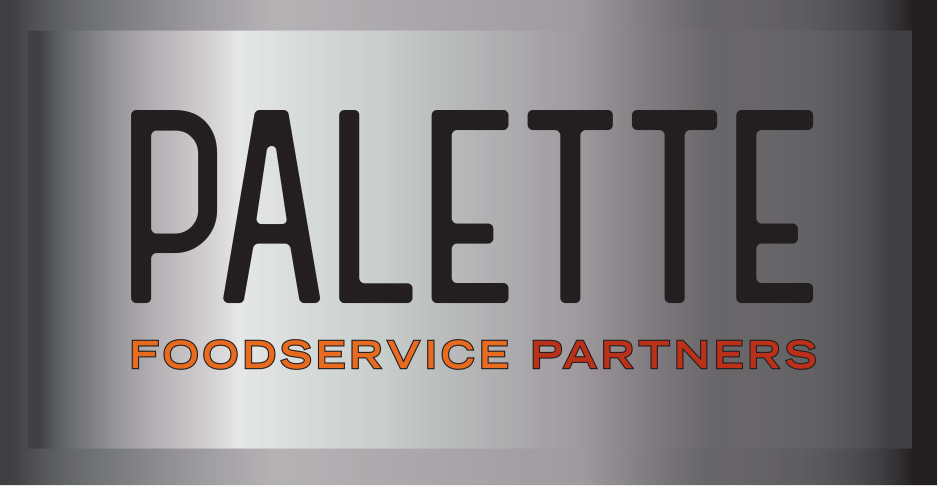
 RSS Feed
RSS Feed